How to Control Bougainvillea Looper Caterpillar
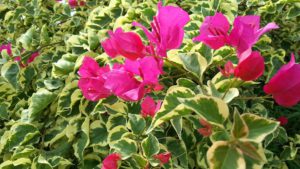
The bougainvillea lopper caterpillar can cause serious damage to the bougainvillea plant by completely causing the plant to defoliate or to lose all of its leaves because of the caterpillar’s huge appetite. Although a mature bougainvillea under attack may not be killed from the caterpillar’s constant feeding, will leave the bougainvillea looking sickly and unattractive. Because these caterpillars are nocturnal they are hard to spot during daytime but are active at night where the damage is done, If your beautiful hedge of bougainvillea has lost its luster with signs of feeding it may be that your bougainvillea is heavily infested and action should be taken immediately to bring complete control.
Identifying the Bougainvillea Looper Caterpillar
The bougainvillea looper caterpillar is about 1 inch long, has smooth skin, and is yellowish or green to brown. This caterpillar moves by drawing their rear up to their head in a loop, then moving their front legs forward, however, the adults are fast-flying gray to brown-colored moths with a wingspan of about 1 inch. The caterpillar can be found curled up inside the leaf.
The LifeCycle of the Bougainvillea Looper Caterpillar
The Bougainvillea Looper Caterpillar goes through four stages, egg, larva, pupa, and adult. Their life expectancy is 24-33 days, during the colder months they can be found overwintering in cocoons that are attached to debris or plants. Once the warmer months return they will emerge.
Signs of the Bougainvillea Looper Caterpillar
When the young larvae hatch, they start feeding on tender shoots along the leaves (chewed) edges, causing leaves to appear scalloped. The older larvae feed on mature leaves, heavy infestations may cause severe defoliation. The moth (adults) do not feed on the foliage.
Methods to Control Bougainvillea Looper Caterpillar
Nature has a way of controlling garden insect pests including the bougainvillea caterpillar with the help of beneficial insects including many bird species that use garden pests as a food source. But because of the rate at which these caterpillars consume the leaves of the bougainvillea, pesticides may need to be introduced to bring quick control.
There are several pesticides on the market that are sold under different trade names that will control these caterpillars, Before applying pesticides read and follow the manufacturer’s directions for the best results.
1. Bacillus thuringiensis-Bacillus thuringiensis is a product that is highly effective against the newly hatched caterpillar but may not have the same effect on the mature ones. However, Spinosad will bring control to both the young and the mature stages of the larvae.
2. Bacillus thuringiensisnand and Neem oil- Both Bacillus thuringiensisnand and Neem oil can be used to bring control to bougainvillea caterpillar.
3. Sevin®- Sevin® is another listed product that will bring control.
When is the Best Time to Apply Pesticides
Timing is the best time to apply pesticides and here are the reasons why.
- Don’t apply pesticides when temperatures are above 90°F. because plants can burn. Early morning hours are ideal.
- Apply pesticides when beneficial insects are not active that is during the early morning hours.
Addition information
- Always wear Your PPE when applying pesticides, a long pair of pants and a long sleeve shirt, goggles, strong garden gloves, a respirator, and a strong pair of garden boots.
- Keep pets and kids away from the treated area for about two hours or longer until the pesticide is dried.
- The ideal time to check for these caterpillars is during the warmer months.
- Before purchasing a pesticide read to ensure that the particular pest is listed on the label.
- Pesticide application should come out fine and misty, coarse droppings will not do, when spraying make sure and get both the top and the leaves undersides.
- Don’t attempt to apply pesticides if rain is forecast or just after it rains, allow the plant to dry.
- Don’t apply pesticides under windy conditions.
- After you’re through wash clothes separately.
- If possible it’s best to purchase disposable chemical suites to dispose of once the job is completed, when you’re done with spraying the suite should be placed in a tightly sealed garbage bag and placed in the trash can outside that has a tight seal fitted lid so that kids and pets can’t access.
Call in the Professional
Another way to bring control to the bougainvillea looper caterpillar is to call in a professional, for example, a pest control company or a professional landscape service that offers pest control.
Conclusion
The bougainvillea looper caterpillar is a nuisance causing server damage to the bougainvillea plant if quick action is not taken, although server attacks on mature plants may not prove fatal can reduce the beauty of the bougainvillea. The control measures in this guide will stop the bougainvillea looper caterpillar in its track causing your bougainvillea once again to regain its beauty and luster as it thrives.
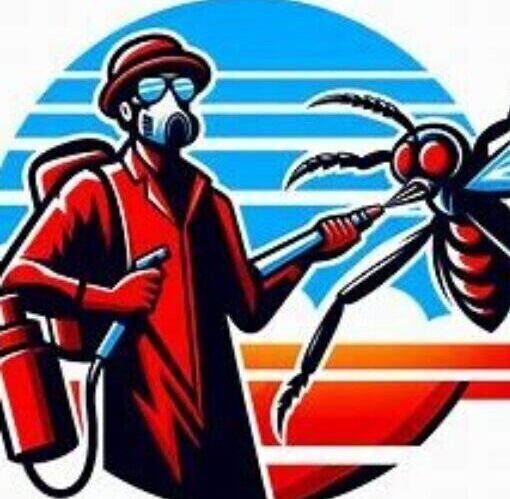
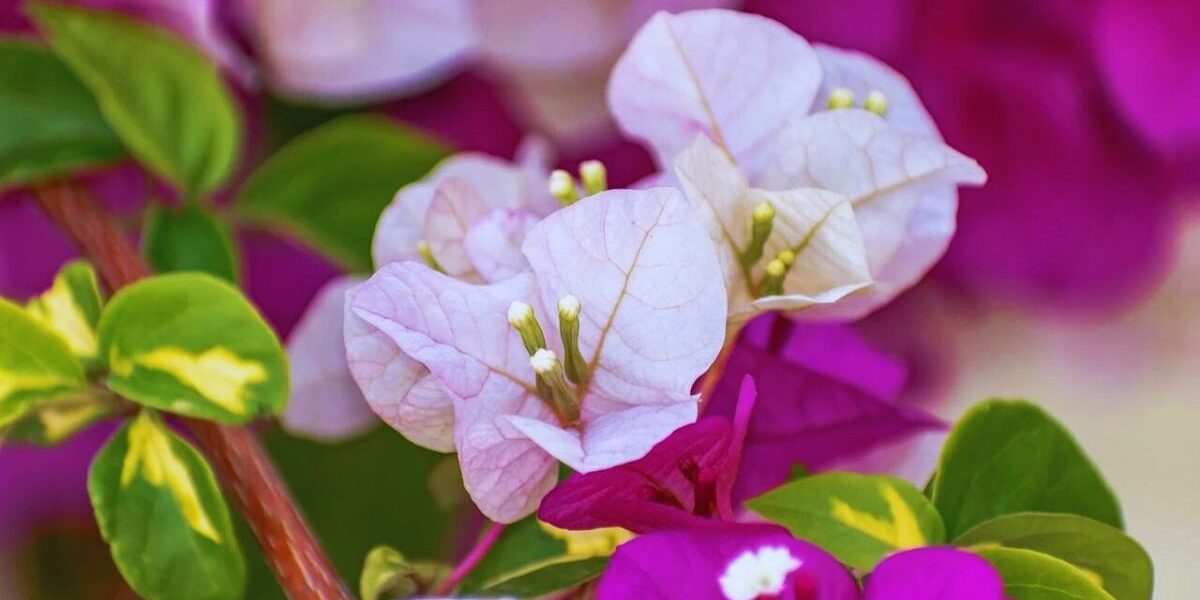

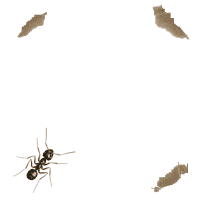

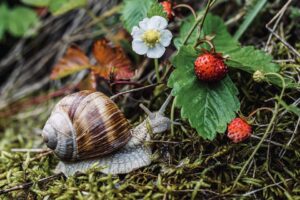





Looper caterpillar are a real threat to have beautiful flowers; Fortunately, you’re to give the solutions on how to fight them! And contrary to what many people say, pesticides are very useful in this case. However, you must take the necessary precautions to apply them. I’d rather apply pesticides and have beautiful flowers, instead of letting nature doing its thing and destroy my plants!
I am glad that I could help, thanks for stopping by and commenting.